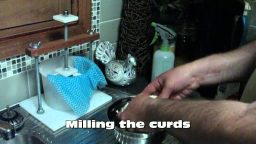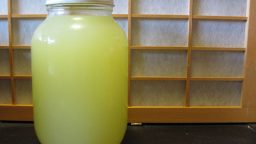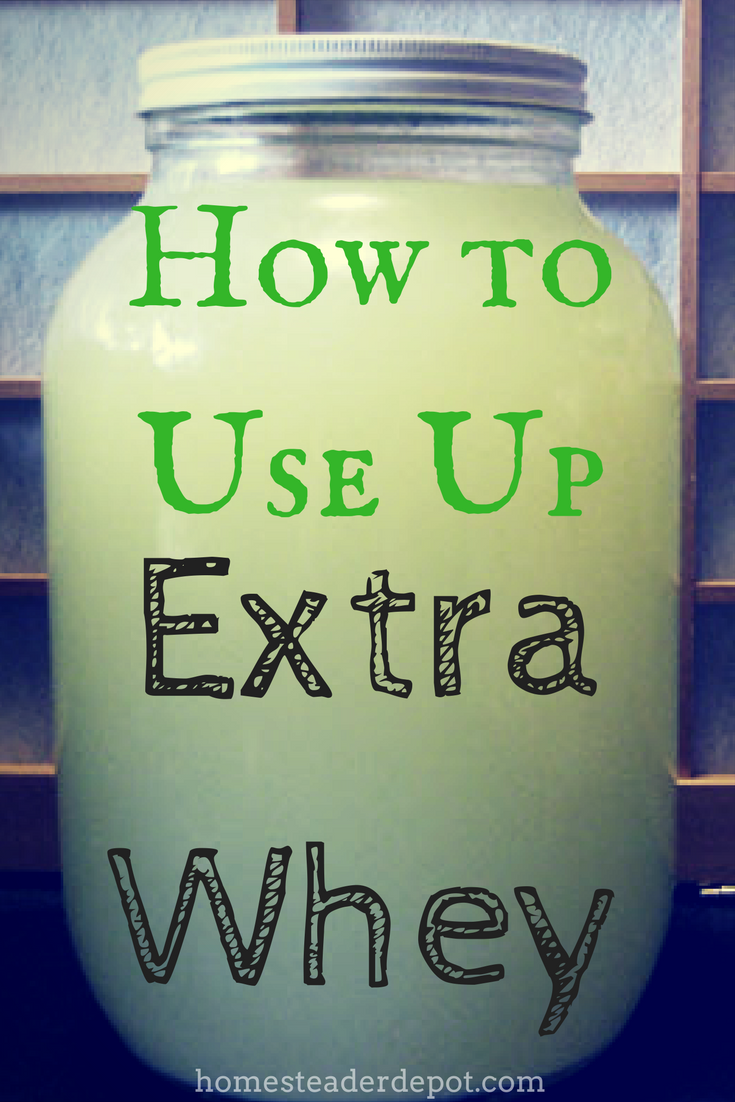I mentioned whey, recently in my article on healthy homemade probiotic lemonade, so if you’ve read that already you’ll be familiar with it. Whey is what separates from curds when milk curdles, or what comes off of cheese or yogurt during the straining process.
One of the coolest ways you can use up extra whey (and if you’ve ever made cheese, you’ll know how much you get) is to make homemade ricotta cheese. When whey first forms, it is full of protein strands, and you can essentially “harvest” these through a simple process to make delicious ricottta cheese. It’s a great way to make the most of a gallon of milk. I like to make yogurt with my milk, strain it, and then make ricotta cheese with the leftover whey! Much cheaper, not to mention significantly healthier, than buying these products individually.
This video gives an easy-to-follow tutorial on how to make ricotta cheese at home. Enjoy!
If you enjoyed this, you might also like….


